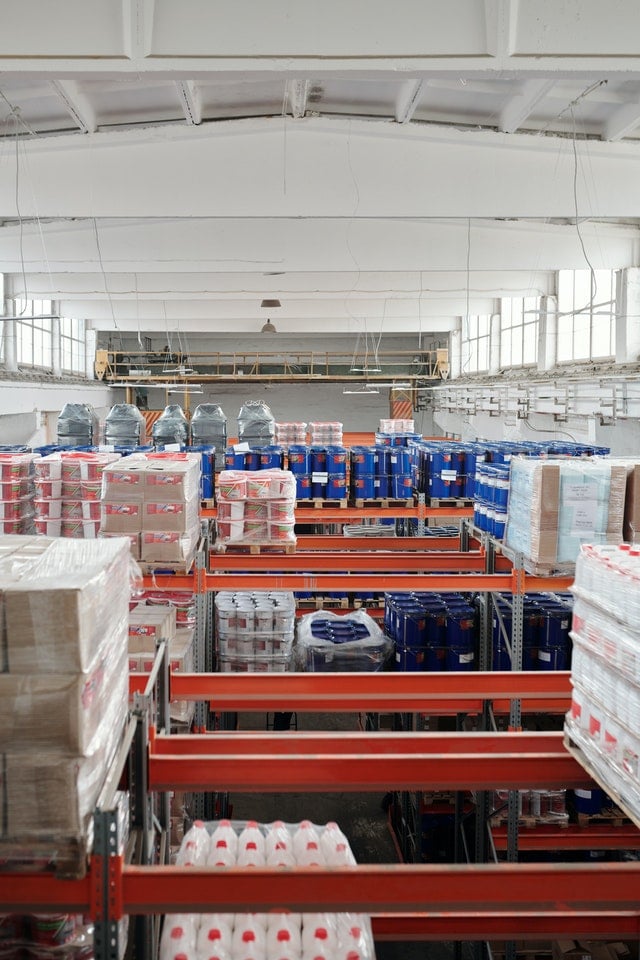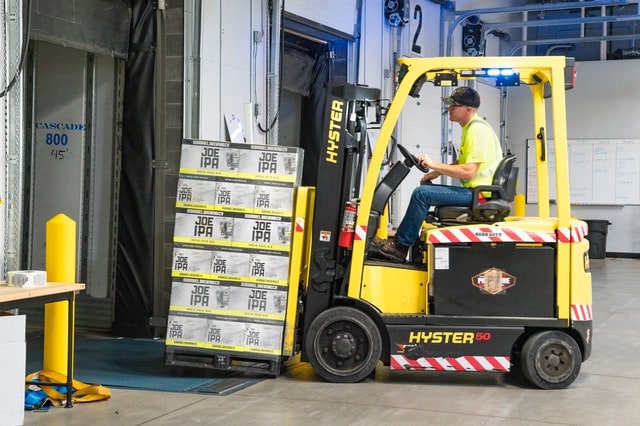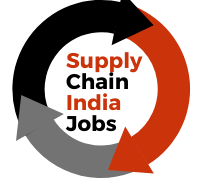.

.
What is Supply Chain Management (SCM)?
.
Supply chain management is the production and distribution process from the time raw materials are procured to the delivery of goods to consumers.
.
Specifically, it refers to a chain of processes from –
.
Raw Materials Procurement→ Production→ Logistics & Distribution→ Sales
.
This is the flow of goods from –
.
Suppliers → Manufacturers→ Wholesalers→ Retailers→ End-users
.
and suppliers and people involved in the supply chain. On the other hand, information and money will flow in the opposite direction in the supply chain.
.
Supply chain management is a management method that combines the flow of such goods and the flow of money with the flow of information, and sharing information throughout the supply chain, collaborating, and optimizing the entire supply chain. In that case, the sum of the partial optimum does not necessarily mean the overall optimal, it is extremely important to look at the balance of the entire supply chain and manage the cooperation.
In other words, supply chain management is responsible for managing and optimizing the entire supply chain, rather than optimizing the relationship between suppliers, manufacturers, logistics, and retail.
.

.
What is Supply Chain Management (SCM)?
.
Supply chain management is for the management of the manufacturing process, the goal is to optimize the total cost of the supply chain. Because supply chain management is a huge and complex task, from suppliers to manufacturers to other supply chain participants to keep it running well.
.
Supply chain management directly increases efficiency, resulting in higher profits, lower costs, and greater collaboration, so companies can better manage. Traditional supply chain management is achieved through a large number of documents and graphic forms. This requires a lot of manpower and material resources to collect and store related documents. In today’s market context, many large and medium-sized enterprises for supply chain management will adopt a fast and effective supply chain management system to achieve. Realize internal material information sharing online and update and modify it in real-time to meet the market’s requirements for products and their raw materials. By contrast, today’s supply chain management fundamentally frees up people and helps companies reduce operating costs while greatly improving productivity. Especially today’s supply chain management system, can fully realize cloud data storage, can be stored for at least ten years. Businesses don’t have to worry about historical material traceability, they just need to search and find in the system, they can see the information.
.
What is Supply Chain Management (SCM)?
.
Supply Chain Management refers to management methods for building integrated logistics systems among multiple companies and enhancing management outcomes.
.
Supply chain is the supply chain. For example, when we think about how consumer goods reach us, manufacturers procure raw materials, make products in factories, ship them to wholesalers, and even send them to retail stores, which are finally available to consumers and to consumers… There is a process. On the other hand, retailers order products from wholesalers, and wholesalers buy products from manufacturers. Manufacturers also buy raw materials from suppliers. It becomes. In this way, the supply chain is the procurement mechanism in which goods (raw materials, parts, products) and information (orders) flow among companies that are structured at several stages.
.
Supply chain management optimizes each business process in the supply chain that we mentioned earlier beyond the walls of the company or organization. This enables you to speed up ordering operations, improve inventory turnover, improve cash flow, shorten lead times, reduce costs, and improve delivery rates, maximizing sales and minimizing costs. In other words, supply chain management is an insignificant strategic management method in order to increase customer value for products and services and bring high profits to companies.
.

.
What is Supply Chain Management (SCM)?
.
SCM is traditionally defined as the flow of goods and services with all that this includes (processes, systems, people) that revolve around the realization of a product, from production from raw materials to delivery and final consumption, through shipping, distribution and possibly return systems.
.
Supply chains exist to the extent that there is a network, that is, an interconnection of multiple elements that allow you to operate on a large scale in a profitable manner. On the contrary, we cannot talk about a real supply chain in the case, for example, of subsistence agriculture, even if the goods are certainly managed. This means that supply chains involve real complexity and that SCM is an attempt to control and orchestrate this complexity in the most profitable way possible.
.
The SCM involves the management of options at all levels, from the product itself (variants, colours, sizes), to suppliers (international or local, one or multiple), to teams or departments (internal or outsourcing – which would allow greater specialization, but less control), to systems (a central system or multiple specialized tools) etc. Typically, more variants result in higher costs.
.
As an anecdote, it is known that in the 1920s the Ford T was produced exclusively in black, since the company had adopted the famous policy of “any colour, as long as it is black”. What many people may not know is that, from 1908 to 1913, the car was also made of grey, green, blue and red, although this meant higher costs. Introducing variants of a product causes smaller production batches and fewer economies of scale, and ultimately represents a trade-off between a more attractive product, able to attract a more heterogeneous customer base, and its costs. Volumes versus price per unit. The same applies to any other SCM issue: is it better to have more suppliers with discounts for large orders, minimum order quantities (MOQs) and minimum order values (MOV) easier to reach, than a few suppliers, maybe local, with more flexible lead times? A single warehouse or more warehouses, more expensive but with greater geographical coverage?
.
We can, therefore, say that SCM is the science of economic compromise, which implies a detailed knowledge of the costs associated with virtually every decision, at every stage of the journey, as well as the search for a strategy to achieve a balance that generates the ROI (return on investment) in general, rather than limiting optimisation to a single step, which could have an adverse effect on the whole.
.
.
